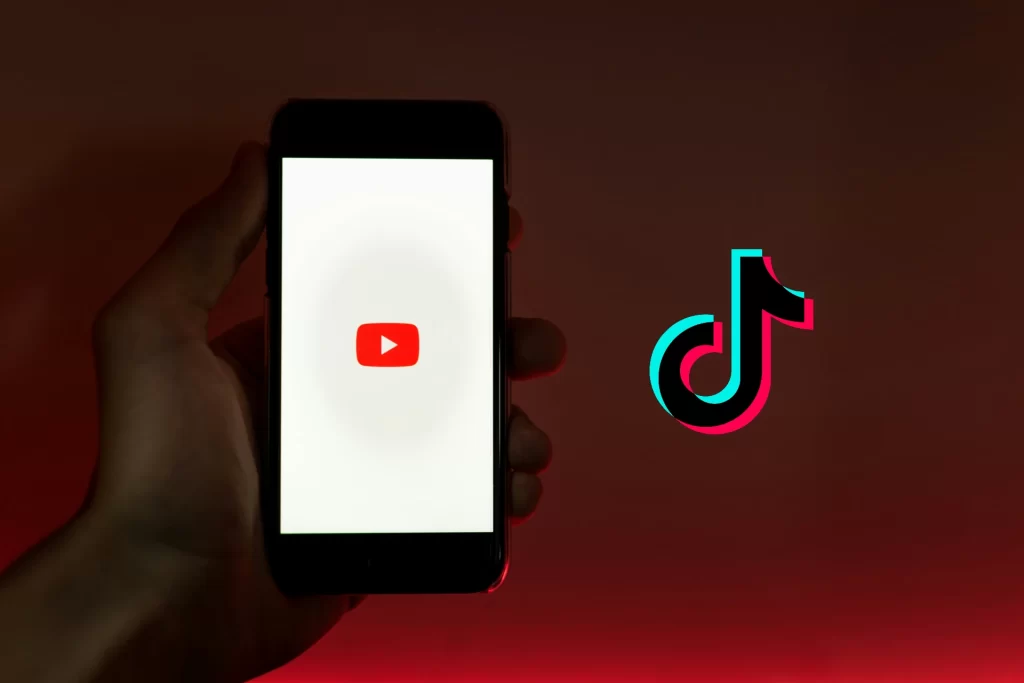In a major shift from its trademark vertical format, TikTok has recently released revised creator guidelines that encourage 60-second (and longer) videos in a horizontal style.
Because of its engaging bite-sized content, TikTok dominated the video market for years. This generation’s short attention span was catered to by short, vertical videos, which helped the platform soar to unprecedented heights. But there’s been a change lately.
TikTok’s transition
Perhaps, TikTok seeks to compete with YouTube for a wider audience share, catering to users who crave deeper dives and longer narratives. It’s also possible the platform is responding to evolving user preferences and the desire for more diverse content experiences.
@vistasocialapp ❗Tik Tok Update 2024❗What do you think? #TikTokUpdate2024 #TikTokLongerFormContent #SocialMediaMarketing #SocialMediaManager
Additionally, offering longer videos and monetization options could attract and retain established creators accustomed to those features on YouTube.
Impact on Users and Creators
This shift presents both potential benefits and drawbacks for users. Longer videos might cater to those seeking in-depth explanations or detailed tutorials, while the horizontal format could enhance viewing on larger screens.
Why does tiktok want us to make horizontal videos #longervideos pic.twitter.com/2r18M3ajGB
— weakankleblake (@WeakAnkleBlake) January 31, 2024
However, some might miss the quick, snackable content that made TikTok unique, and the increased video length could affect engagement and watch time.
- Creators might be forced to make changes to accommodate longer formats and horizontal filming.
- However, the potential for revenue generation through livestreams and this new regulation may be alluring.
It remains to be seen if the platform can successfully serve new audiences while keeping its core user base.
Can TikTok Challenge YouTube?
Although they are both video-consuming platforms, they differ in certain ways. With its extensive collection of varied material, well-established revenue models, and query-specific search features, YouTube is a powerful presence. It could be challenging for some people to locate what they’re looking for, however, due to its dense structure.
🚨 TikTok is now pushing users to post longer, horizontal videos (+1minute) and is incentivizing them with a promise of "boosted views" pic.twitter.com/TigEXe5pYq
— Product Hunt 😸 (@ProductHunt) February 2, 2024
However, TikTok‘s algorithm is quite good at providing tailored recommendations, which makes “rabbit hole” encounters more engaging.
Its focus on community engagement and trending challenges also creates a unique social aspect. On the other hand, the emphasis on short-form content limits the depth of storytelling and knowledge sharing.
What it means for TikTok
Whether TikTok’s transition to longer videos, a horizontal layout and livestreaming will be a success, only time will tell. Key indicators will include the acceptance of users and creators, engagement metrics, and overall platform growth.
Tiktok are constantly changing and adapting their app and a few friends from over the pond of told me about horizontal videos. If you get accepted to make horizontal videos, Tiktok will give your videos a organic boost. Don’t miss out on what Tiktok are telling you to do, this pic.twitter.com/P6HYFEXMO0
— Nick Rose (@Endthe_struggle) January 30, 2024
Challenges like adapting the algorithm for longer content and ensuring effective content moderation in livestreams will need to be addressed.
YouTube’s Counterpunch
The tide is shifting in the opposite direction, even as TikTok is increasing its presence on YouTube. YouTube Shorts, which made its debut in 2020, is the platform’s response to TikTok’s dominance in the short-form video market.
- Featuring vertical videos capped at 60 seconds, familiar music integration, and discovery-driven feeds, Shorts directly mirrors its competitor’s core features.
- YouTube has made an important point out of promoting Shorts, giving them a prominent place within the app and providing artists with other ways to get revenue.
With this shift, YouTube is making an effort to retain consumers within its ecosystem while also acknowledging the rising appetite for bite-sized, compelling content. Some contend, meanwhile, that rather than creating new content, YouTube is just copying an existing formula, which might weaken the platform’s distinctive character.
A Tale of Two Titans
The simultaneous shifts by both platforms towards similar functionalities create an intriguing dynamic. On the one hand, it suggests a convergence in user preferences and a recognition of the growing importance of short-form content. Both platforms might benefit from expanding their reach and attracting new user segments.
On the other hand, this convergence could lead to a head-on collision, with both platforms vying for the same audience and creators. The outcome of this battle will likely depend on several factors:
- Execution: Which platform can provide a more seamless and engaging experience for short-form content creation and consumption?
- Monetization: Who offers more lucrative and creator-friendly monetization options for short-form content?
- Community: Which platform fosters a stronger sense of community and belonging for its creators and users?
It will take time to see how this story turns out. It remains to be seen if the platforms compete fiercely for supremacy in the short-form video sector, or if they survive harmoniously with separate identities and user bases.
